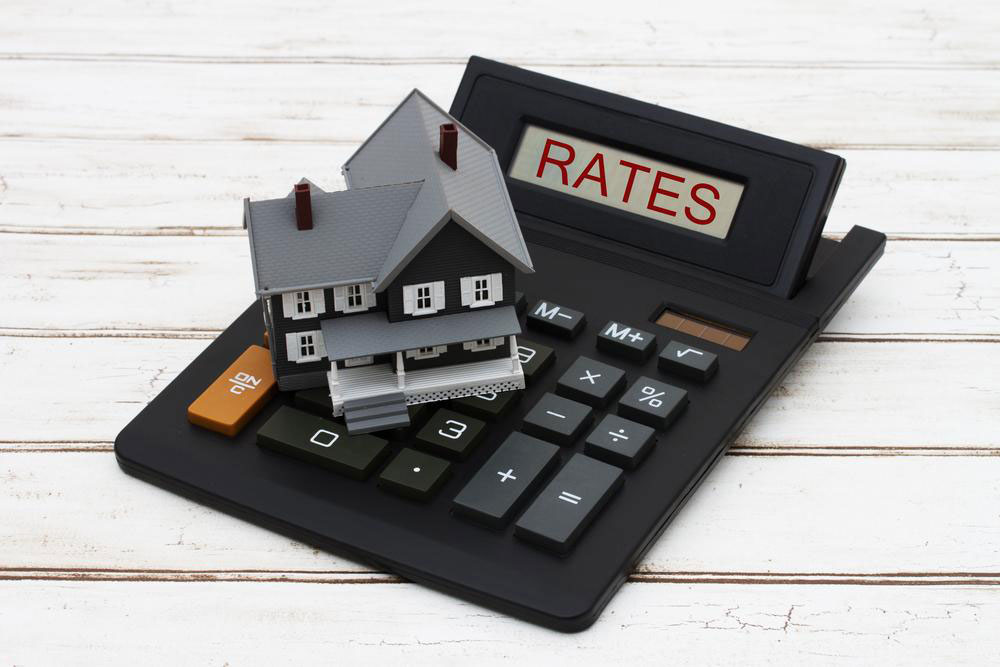Comprehensive Guide to Choosing the Best Loan: Key Factors to Consider
This comprehensive guide explains essential factors for effective loan comparison, including loan amount, interest rates, duration, fees, and APR. By understanding these elements, borrowers can make informed decisions, choose affordable loans, and optimize repayment strategies. The article emphasizes evaluating all costs and comparing APRs for the best financial outcome, helping individuals and businesses navigate complex lending options wisely.

Comprehensive Guide to Choosing the Best Loan: Key Factors to Consider
Critical Aspects to Evaluate When Comparing Loan Options
In today's financial landscape, borrowing money from banks and other financial institutions is a common necessity for many individuals and businesses. Whether it's for buying a home, funding a business venture, or personal needs, understanding the intricacies of different loan products is essential to making informed financial decisions. Borrowers now have extensive options, including various repayment plans, interest rates, and associated fees. Navigating these options requires a thorough understanding of the key elements involved in loan comparison. This comprehensive guide explores these vital factors to help you select the most suitable loan, ensuring you optimize your borrowing and repayment process.
Essentially, the goal is to understand the costs involved and the terms that impact your financial stability and future planning. Let's delve into each of the crucial factors that can influence your borrowing decision.
Loan Amount
Determining the required loan amount is the first step in evaluating loan options. Your financial need, income level, and employment status play significant roles in establishing what you qualify for. For instance, self-employed individuals may face different borrowing limits compared to salaried employees due to the fluctuating nature of their income. Additionally, the purpose of the loan, whether for a home, vehicle, education, or personal needs, influences the ideal amount to borrow.
Being precise about the loan amount ensures that you do not borrow excessively, which could strain your financial stability, or borrow too little, which might not meet your needs. Always conduct a thorough assessment of your income capacity, existing debts, and future financial commitments before deciding on the loan amount. A prudent approach helps maintain manageable EMIs and prevents unnecessary financial stress in the future.
Interest Rates
Interest rates are among the most significant factors when comparing loans. They determine the cost of borrowing and directly impact your total repayment amount. Personal loans often carry higher interest rates compared to secured loans like mortgages or auto loans. Government initiatives or schemes targeted toward specific income brackets may offer reduced interest rates, providing substantial savings.
It’s essential to compare the nominal interest rates offered by various lenders, but more importantly, evaluate the effective interest rates or Annual Percentage Rates (APR), which account for all associated costs. Banks generally provide more competitive rates than non-bank financial institutions, but this varies depending on your credit profile and relationship with the lender. Carefully analyzing the interest rates helps you acquire the most affordable borrowing option, decreasing the financial burden over the repayment period.
Loan Duration
The length of the repayment period significantly influences your EMI amount and the total interest paid over the lifetime of the loan. Longer-term loans, such as 20 or 30 years, typically have lower EMIs, making them more manageable monthly, but they accrue more interest overall. Shorter durations—like 5 or 10 years—usually come with higher EMIs but reduce the total interest paid, often resulting in lower overall costs.
Many loans are structured with fixed installments over the agreed period, ensuring predictable payments. Some may include balloon payments or variable interest rates, requiring careful scrutiny before selection. It’s essential to strike a balance: selecting a duration that offers manageable EMIs without excessively prolonging debt obligation. Consider your financial stability, future income prospects, and savings goals when choosing the loan term.
Application and Processing Fees
Most lenders charge upfront fees to process your loan application. These may include origination fees, administrative charges, or other processing costs. Typically, origination fees hover around 1% of the loan amount, but this varies widely by lender and loan type. Some institutions may impose additional charges for document verification, credit checks, or other services.
Incorporating these fees into your comparison is important because they can add to the overall cost of the loan. Always request a detailed fee disclosure statement before proceeding, and compare these costs across different lenders to identify the most economical option. Remember, a lower interest rate alone doesn't guarantee a cheaper loan if associated fees are high. Evaluating the total cost, including these fees, yields a more accurate picture of the actual expense involved.
Annual Percentage Rate (APR)
APR is a universal metric that encapsulates the interest rate along with all other associated costs, such as processing fees, insurance, and other charges. It provides a standardized way to compare different loan offers, regardless of their nominal interest rates. A lower interest rate doesn’t always mean a better deal if the APR is higher due to additional fees.
By analyzing the APR, borrowers can make more informed decisions because it reflects the true annual cost of borrowing. For example, a loan with a slightly higher interest rate but lower fees may prove more economical than one with a lower rate but high upfront costs. Always compare APRs when evaluating multiple loan options to determine which offers the best overall value and affordability.
Furthermore, keeping an eye on incidental charges such as appraisal fees, late payment penalties, or prepayment penalties is crucial. These factors can influence the total cost of borrowing and should be included in your decision-making process to ensure you're choosing the most economical option.
In conclusion, selecting the right loan requires careful consideration of multiple factors beyond just the interest rate. Understanding your financial situation, evaluating all associated fees, and comparing APRs across different lenders will help you secure the most advantageous loan terms. Always conduct thorough research, ask for detailed fee disclosures, and consider the total repayment costs before signing any agreement. Smart borrowing is fundamental to maintaining financial health and achieving your long-term financial goals.





